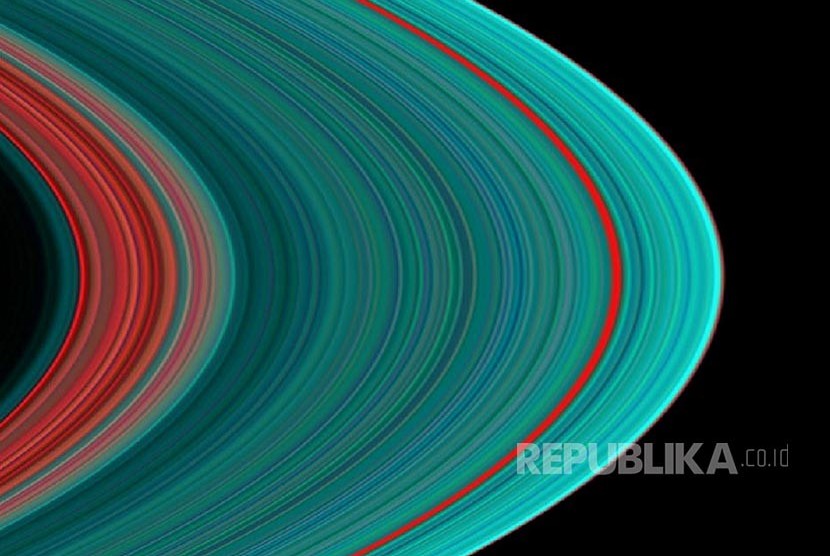Scientists suspect that Saturn’s core is not rock, but thick mud.
REPUBLIKA.CO.ID, FLORIDA — Scientists discovered new things about the core of the planet Saturn. Planetary core Saturn may not be the solid rock mass that scientists once believed. However, Saturn’s core may be solid mud. The new findings come from a recent analysis of the Cassini spacecraft.
Spaceship Cassini belonging to the American Space Agency (NASA) ‘suicidal’ fell into the atmosphere of the gas giant Saturn in 2017. However, the data from Cassini can still be studied today. Iinformation about how Saturn’s rings swaying has revealed unexpected details about what lies within the planet.
Saturn may be a gas giant. However, the magnitude of the forces involved near the planet’s center has led to the theory that the planet’s core is rock. After all, with the gravitational pressure applied to the material there, the crushing force is thought to have hardened the core. However, Cassini’s data does not necessarily support this assumption.
The Cassini spacecraft disintegrated long before it reached Saturn’s core. Analysis of the planet’s distinctive ring readings allowed astronomers at Caltech to come up with another theory.
By examining the wobble of the rings, they were able to predict what might be happening inside Saturn itself.
“We use Saturn’s rings like a giant seismograph to measure oscillations within the planet,” said Jim Fuller, assistant professor of theoretical astrophysics at Caltech and co-author of the newly published study. Slash Gear, Tuesday (17/8).
“This is the first time we have been able to investigate the structure of a gas giant planet seismically, and the results are quite surprising,” he added.
Away from the relatively small and dense rock core, Saturn’s heart looks much larger than previously believed. In fact, Saturn’s core can expand up to 60 percent of the planet’s diameter, and not be solid at all. Instead, it was the ‘spreading soup of ice, stones, and metallic liquid’ known as the ‘fuzzy’ core.
Mud is, unsurprisingly, no more environmentally friendly than rock. About 17 Earth masses from the core are ice and rock, while the remaining 38 Earth masses are liquid hydrogen and helium.
It’s also not a uniform mix. Astronomers suggest that distinct and stable layers have formed according to their respective weights.
The findings also chime with other recent readings from the Juno spacecraft study of the planet Jupiter. Juno’s Mission NASA gives an indication that Jupiter’s core could be a fuzzy variation as well. If that works, it could show that gas giants didn’t form in the generally accepted way.
“Saturn is always vibrating, but it’s subtle,” said Christopher Mankovich, lead author of the study and a postdoctoral research associate at Caltech.
NASA has not announced a successor mission to Cassini. However, the upcoming James Webb Space Telescope will observe Saturn’s planet and moon Titan.
– .
